Whelks
to
Whales
Whelks
to
Whales
Coastal Marine Life of the Pacific Northwest
Newly Revised and Expanded
Third Edition
Rick M. Harbo

Third edition copyright 2022 Rick M. Harbo
First and second editions copyright 1999 and 2011 Rick M. Harbo
1 2 3 4 5 26 25 24 23 22
All rights reserved. No part of this publication may be reproduced, stored in a retrieval system or transmitted, in any form or by any means, without prior permission of the publisher or, in the case of photocopying or other reprographic copying, a licence from Access Copyright, .
Harbour Publishing Co. Ltd.
P.O. Box 219, Madeira Park, BC , V 0 N 2 H 0
www.harbourpublishing.com
All photographs copyright the author unless otherwise noted
Cover, top right: Adobe Stock/ead72
Cover, main image: Adobe Stock/Wire Stock
Spine: Adobe Stock/Delphotostock
Map by Martin Nichols, Lionheart Graphics
Edited by Noel Hudson
Indexed by Chandan Singh
Text design by Libris Simas Ferraz/Ona Publishing
Printed and bound in Canada



Harbour Publishing acknowledges the support of the Canada Council for the Arts, the Government of Canada, and the Province of British Columbia through the BC Arts Council.
Library and Archives Canada Cataloguing in Publication
Title: Whelks to whales : coastal marine life of the Pacific Northwest / Rick M. Harbo.
Names: Harbo, Rick M., author.
Description: Newly revised and expanded third edition. | Includes index.
Identifiers: Canadiana (print) 20220130361 | Canadiana (ebook) 2022013037 X | ISBN 9781550179835 (softcover) | ISBN 9781550179842 ( EPUB )
Subjects: LCSH : Marine animalsBritish ColumbiaPacific CoastIdentification. | LCSH : Marine animalsPacific Coast (U.S.)Identification. | LCSH : Coastal animalsBritish ColumbiaPacific CoastIdentification. | LCSH : Coastal animalsPacific Coast (U.S.)Identification.
Classification: LCC QH 95.3 . H 38 2022 | DDC 591.77/43dc23
Contents
Map of the North Pacific Ocean and the Pacific Northwest Coast

Introduction
This third edition has been expanded to include more than 40 new species and a new guide to introduced and invasive species. Scientific names have been updated and common names changed in an attempt to be consistent with other marine-life guides.
The shorelines of Alaska, British Columbia, Washington, Oregon and northern Californiathe Pacific Northwest area of North Americais so generously populated with marine animals and plants that divers, beachcombers, whale watchers, naturalists and biologists from all over the world come here to enjoy the natural wonders of the coastline. At any time of year, for experts and first-time beach walkers alike, every trip to the ocean can be a great pleasure and a learning experience with new discoveries.
The gentle climate and warm ocean current of this region support thousands of plants and animals, from the microscopic planktonic algae that bloom and colour the water, to the smallest snails on the seashore, to the Blue whale, one of the largest animals that has ever lived on earth. The Pacific Northwest is home to the worlds tallest anemone (Giant plumose anemone, ) is the worlds longest marine plant.
New species have been added in this third edition of Whelks to Whales to describe and illustrate more than 500 fascinating marine plants and animals of the Pacific Northwest. Most are commonly found along the seashore, in habitats ranging from tidepools to rocky reefs, while some of the whales, porpoises and dolphins may be found seasonally in coastal waters and range even farther, out across the continental shelf and beyond. Many of the species illustrated are conspicuous in size, shape and colour and have some unique and interesting features to help in their identification.
Our Rich Marine Life
The abundance and diversity of marine life found in this region is due to temperate water conditions, the age of the Pacific basin and the geographic diversity of the coast, among other factors. Upwelling at the edge of the continental shelf during summer months brings cold nutrient-rich waters to the surface. The many inlets, coastal reefs and thousands of islands affect water movement and create a multitude of habitats.
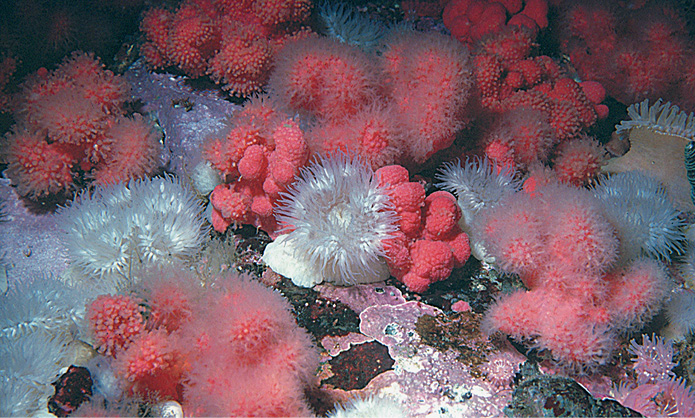
Short plumose anemones and soft coral.
Much of the region is remote and wild and remains biologically poorly known, but based on what we do know, experts estimate that there are at least 8,000 species of invertebrates that account for about 90 percent of all living marine organisms occurring in the region. Invertebrates are animals without backbones, including the sponges, crabs, shrimp, sea stars and many others. The vertebrate species of this region include some 400 fishes, close to 200 marine birds and 30 marine mammals. Approximately 640 species of seaweeds and seagrasses also grow along our shores.
Distribution of Species
The Pacific Northwest, which refers to the land that is bathed by the cold temperate waters of the Northeast Pacific Ocean, is one of seven zones or biogeographic regions used by scientists to describe the global distribution of marine life. These zones include the Arctic in the north, the cold temperate northern hemisphere, the warm temperate northern hemisphere, the tropics, warm and cold temperate regions of the southern hemisphere and the Antarctic.
Most animal and seaweed species have a broad distribution. The northern boundary of the Pacific Northwest region (see map, p. 6) is generally the Pacific rim of the Aleutian Islands and northeast Siberia. The southern boundary is often at Point Conception, California, a large headland where distribution of life changes dramatically. Many species range outside of this zone, and a few species, including the By-the-wind-sailor jellyfish (), are cosmopolitan, being found in all oceans of the world.
A number of the bivalves, gastropods, worms, bryozoans, algae and other organisms included in this guide are exotic species, introduced when Japanese and Atlantic oysters were shipped to our waters for commercial production, often called aquatic invasive species. The discharge of ballast water from ships has also introduced new species. Although many are regarded as pests, some have been beneficial. The introduction of the Manila clam () has led to the development of popular food and valuable commercial fisheries.
Habitat Conditions
Many animals and plants have very specific requirements that limit their survival to particular kinds of habitats. These habitats are defined by physical conditions, such as wave action; tidal exposure and type of bottom (sand, mud, rock, etc.); and chemical factors, such as salinity (saltiness of the water) and the amount of dissolved oxygen from wind, waves and currents. Biological factors such as predation, competition between species and the ability to tolerate exposure at low tides are also key elements.

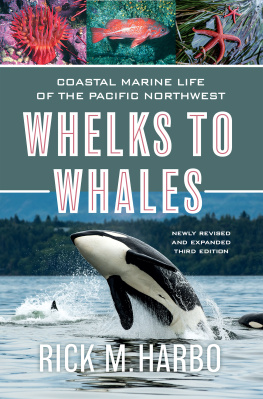

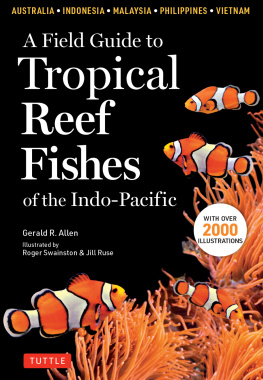
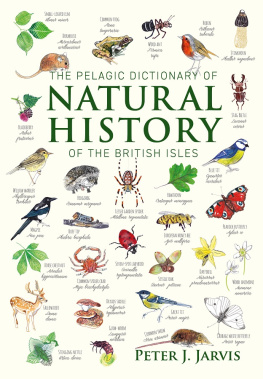
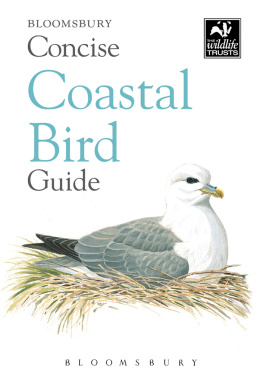
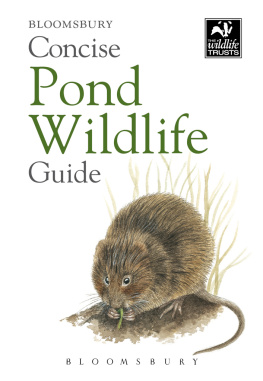
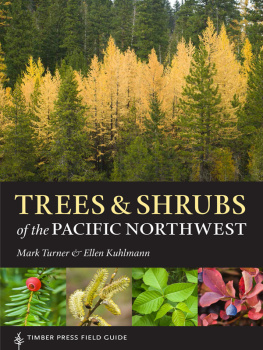







 Short plumose anemones and soft coral.
Short plumose anemones and soft coral.